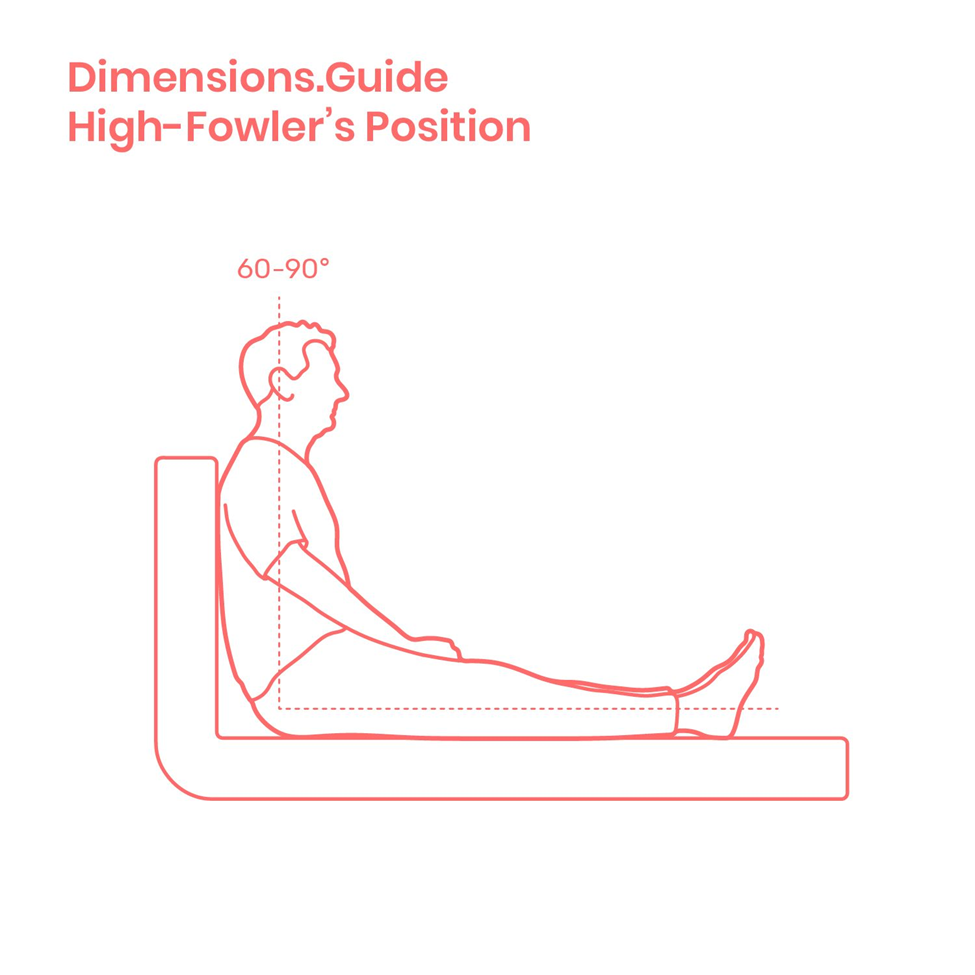A nurse is providing oral care to a client with dentures. What action would the nurse do first?
Wash the client’s face.
Remove dentures.
Apply lubricant.
Don gloves.
The Correct Answer is D
A. Wash the client’s face:
While washing the client's face might be part of general care, when specifically providing oral care for a client with dentures, the first step should be to don gloves to ensure infection control and safety.
B. Remove dentures:
Removing dentures may be a step in the oral care process, but it should come after donning gloves to maintain proper infection control measures.
C. Apply lubricant:
Applying lubricant might be necessary, especially if the client experiences dryness or discomfort, but it should follow the step of donning gloves.
D. Don gloves:
This is the first action because it is crucial to wear gloves before handling a client's dentures or engaging in any oral care procedures. Gloves protect both the nurse and the client from potential infections and ensure proper hygiene during care.
Nursing Test Bank
Naxlex Comprehensive Predictor Exams
Related Questions
Correct Answer is B
Explanation
A. Protect the muscles of the lower extremities from atrophy:
This statement is not the primary purpose of sequential compression devices (SCDs) and compression stockings. While these devices can help maintain muscle tone by promoting blood circulation, their primary function is to prevent blood pooling and reduce the risk of deep vein thrombosis (DVT).
B. Keep the blood from pooling in lower extremities to avoid clots:
This is the correct purpose of sequential compression devices and compression stockings. They are designed to promote venous return and prevent blood from pooling in the lower extremities, thereby reducing the risk of blood clots, especially in individuals at risk for deep vein thrombosis (DVT).
C. Keep the patient from getting sores on the skin:
Preventing sores on the skin is not the primary purpose of these devices. While improved circulation may contribute to skin health, preventing skin sores is not the primary therapeutic goal of SCDs and compression stockings.
D. Keep the patient’s joints in working order:
Maintaining joint function is not the primary purpose of sequential compression devices and compression stockings. These devices primarily focus on promoting venous circulation and preventing complications related to blood pooling and clot formation.

Correct Answer is C
Explanation
A. 30 degrees:
This angle does not meet the criteria for a High Fowler's position, which requires a more upright position.
B. 15 to 20 degrees:
This angle is lower than what is generally considered as High Fowler's position. High Fowler's is a more upright position.
C. 90 degrees:
High Fowler's position involves elevating the head of the bed to 90 degrees. This position is often used for better lung expansion and respiratory function.
D. 45-60 degrees:
While this range is higher than a semi-Fowler's position, it is not as upright as the 90-degree elevation in a High Fowler's position.

Whether you are a student looking to ace your exams or a practicing nurse seeking to enhance your expertise , our nursing education contents will empower you with the confidence and competence to make a difference in the lives of patients and become a respected leader in the healthcare field.
Visit Naxlex, invest in your future and unlock endless possibilities with our unparalleled nursing education contents today
Report Wrong Answer on the Current Question
Do you disagree with the answer? If yes, what is your expected answer? Explain.
Kindly be descriptive with the issue you are facing.
